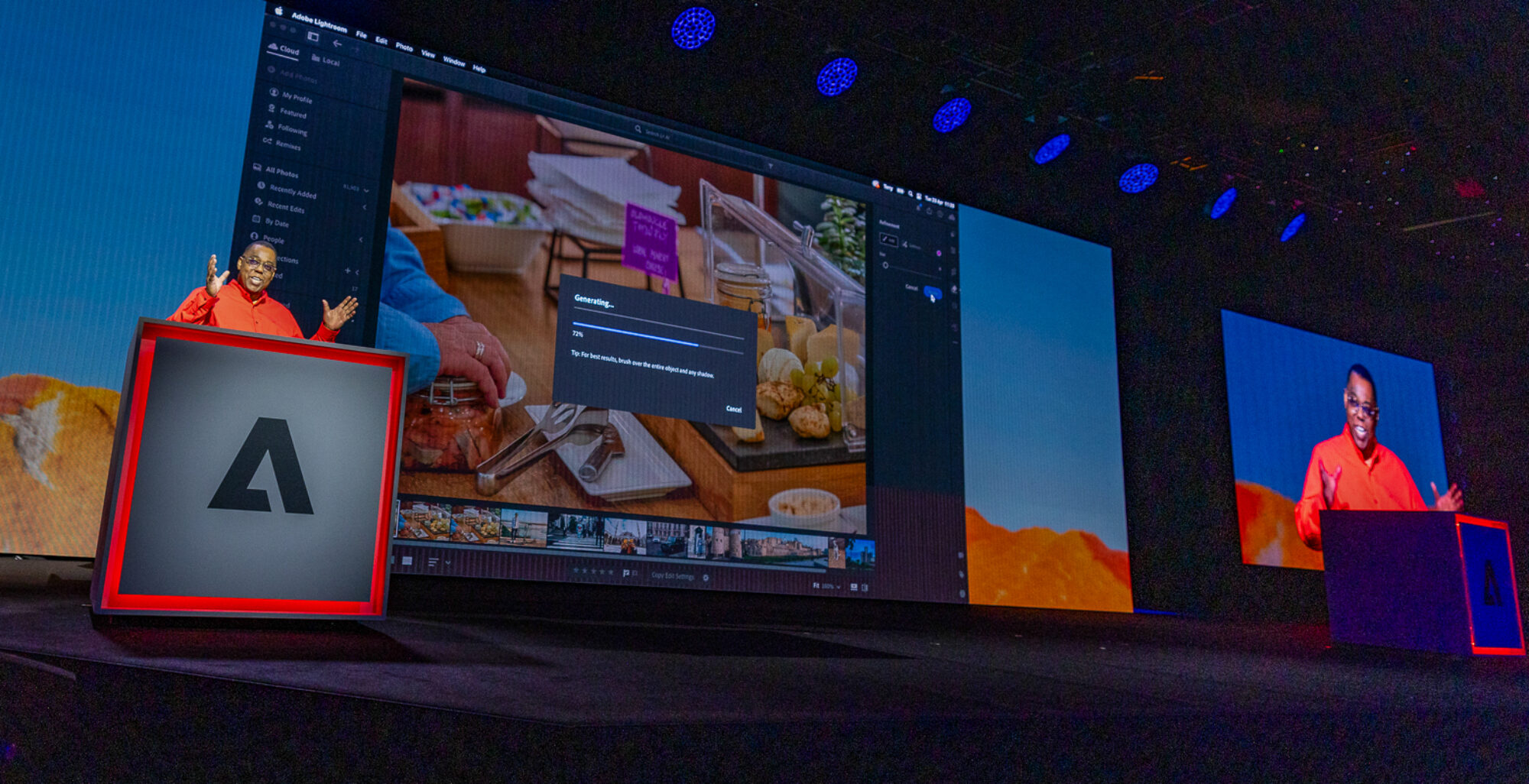What Makes the Best tech blog Stand Out Among Tech Lovers and Specialists
What Makes the Best tech blog Stand Out Among Tech Lovers and Specialists
Blog Article
Understanding the Increase of Side Computing in Today's Digital Globe
In the rapidly advancing landscape of modern technology, side computer arises as a pivotal force, reshaping exactly how information is refined and made use of. By transitioning data management closer to the source, edge computing addresses critical latency problems while maximizing data transfer usage and improving safety measures.
What Is Side Computer
Edge computing, although a reasonably recent improvement in the world of innovation, basically transforms how information is processed and handled by bringing computation and data storage space closer to the location where it is needed. Unlike typical cloud computing versions, which frequently depend on central information facilities that can be geographically remote, edge computing decentralizes information handling. This distance reduces latency, boosts real-time data processing, and boosts the general customer experience by guaranteeing quicker action times.
At its core, side computer includes a network of localized tools and infrastructure, such as sensing units, entrances, and routers, capable of refining data at or near the resource. This local handling capability is specifically important for applications requiring immediate information evaluation, such as independent vehicles, commercial automation, and wise cities. Furthermore, by offloading information handling jobs from main servers, edge computer decreases bandwidth needs and enhances data privacy and safety, as delicate info can continue to be on-site as opposed to going across considerable networks.

Secret Drivers of Adoption
Numerous aspects are driving the fostering of side computer in today's digital landscape. Side computing addresses this requirement by enabling data processing closer to the data resource, reducing latency and enhancing real-time decision-making capacities.
An additional considerable vehicle driver is the need for enhanced data transfer efficiency. Centralized cloud systems can become overwhelmed with the sheer volume of information generated by IoT tools, causing bottlenecks (Best tech blog). By refining data at the edge, companies can relieve network congestion and boost general system performance
Moreover, safety and security and privacy issues are pressing organizations toward edge computing. By refining delicate data locally, companies can alleviate dangers connected with data transmission and direct exposure to potential cyber risks.
The increase of applications requiring real-time processing, such as self-governing vehicles and enhanced fact, likewise necessitates the fast response times that edge computing provides. Jointly, these vehicle drivers are making edge computing an essential element of modern IT framework, leading the way for its extensive adoption throughout numerous industries.
Benefits Over Cloud Computer
Just how does edge computer distinguish itself from conventional cloud computing? Largely, side computing brings information handling closer to the resource of data generation, often on neighboring servers or neighborhood devices, instead than depending on centralized information.
In addition, edge computer improves transmission capacity effectiveness (Best tech blog). By processing information in your area, only the needed information is sent to the cloud for further analysis or storage space, lowering the volume of data that passes through the network. This not just reduces network blockage but likewise decreases information transmission expenses
Side computing also offers enhanced data privacy and safety. Sensitive data can be refined in your area without being sent to the cloud, minimizing the direct exposure to possible cyber dangers. This is specifically useful for fields handling confidential information, such as medical care and financial solutions.
Moreover, edge computing makes sure better resilience and dependability. Neighborhood handling permits continued procedure also when connectivity to the cloud is jeopardized, keeping necessary features and services in spite of possible network disruptions. These advantages jointly show edge computing's transformative possibility in enhancing performance and protection in electronic communities.
Challenges and Considerations
While edge computing provides countless advantages, it additionally click here now provides one-of-a-kind obstacles and considerations that must be dealt with to totally understand its capacity. Furthermore, managing and monitoring a decentralized network of side devices can be intricate, calling for advanced devices and methods to make sure smooth procedure and maintenance. Best tech blog.
An additional factor to consider is the scalability of side computer remedies. As the number of linked devices expands, so does the demand for processing power at the side, which can lead to resource restrictions. Organizations should carefully intend their facilities to fit this development without compromising efficiency or performance.
Interoperability is an additional vital variable. With numerous hardware and software elements involved, ensuring compatibility and smooth assimilation can be difficult. Standardization efforts are important to promote interaction home in between inconsonant systems.
Future Trends in Edge Computing
Anticipating the future, edge computer is positioned to revolutionize various sectors by making it possible for quicker information processing and reducing latency. As the volume of data produced by IoT gadgets continues to grow, side computing will become progressively important in managing this influx effectively.
An additional emerging pattern is the advancement of edge-native applications developed specifically to utilize the unique abilities of side computer. These applications will certainly maximize efficiency and resource use, bring about boosted efficiency across different markets. Furthermore, improvements in 5G modern technology will better strengthen side computing by providing the essential infrastructure for high-speed, low-latency interaction in between devices and side nodes.
Final Thought
Edge computing's surge is driven by the spreading of IoT tools and the need for real-time data processing, which improves performance by reducing latency and decentralizing information administration. This technique mitigates data transfer ineffectiveness and security problems, facilitating innovations in applications like wise cities and independent cars. Regardless of news obstacles such as framework intricacy and integration, the future of side computing guarantees a much more receptive electronic ecosystem, with continued developments shaping its advancement and expanding its applicability across sectors.
Edge computing, although a fairly current innovation in the realm of modern technology, essentially transforms exactly how information is processed and handled by bringing calculation and information storage space closer to the area where it is needed. Unlike traditional cloud computing versions, which often rely on central data facilities that can be geographically far-off, side computer decentralizes information handling. In addition, by offloading information handling tasks from main web servers, side computing minimizes transmission capacity requirements and enhances information privacy and safety and security, as delicate details can remain on-site instead than going across extensive networks.

Report this page